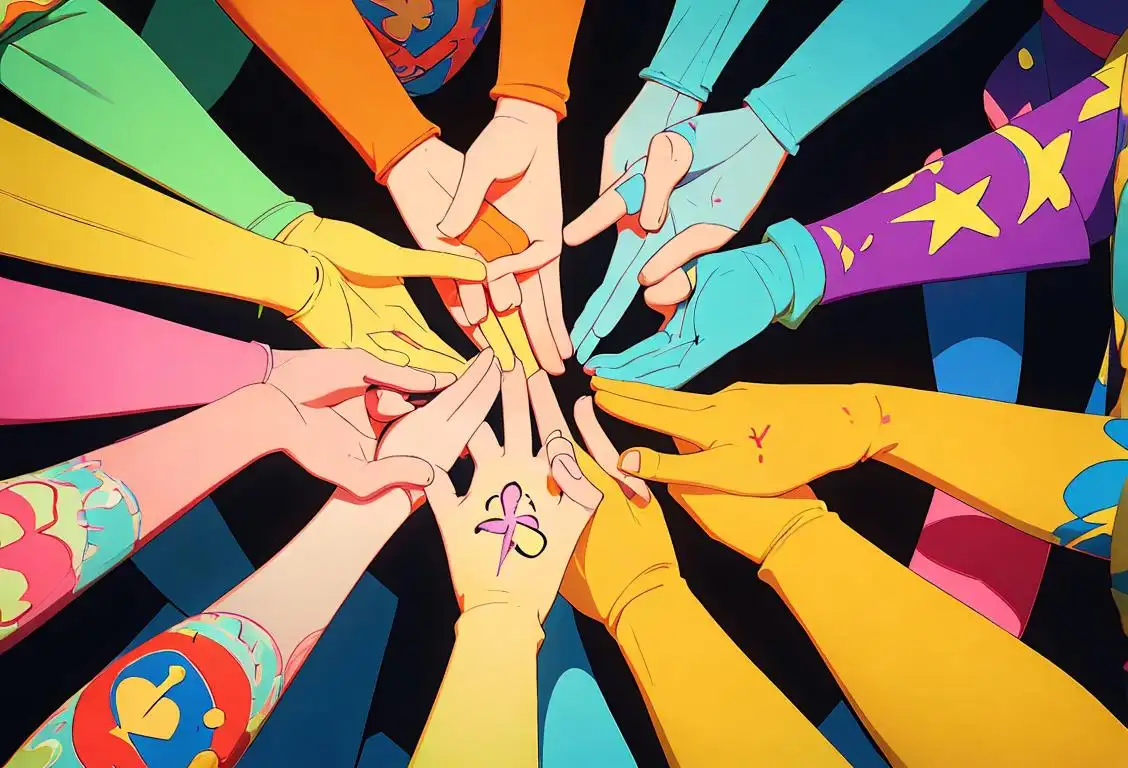National Seasonal Affective Disorder Awareness Day

Hey there, folks! Gather 'round because today we're diving into the fascinating world of National Seasonal Affective Disorder Awareness Day. Don't worry, we'll bring the sunshine to brighten up your day!
When is Seasonal Affective Disorder Awareness Day?
It's national seasonal affective disorder awareness day on the 24th July.
Let the Sun Shine In!
So, what's all the fuss about Seasonal Affective Disorder (SAD)? Well, it's a condition that affects many people during those long, dark winter months when the sun plays hide and seek. SAD can cast a gloomy spell on your mood, leaving you feeling down in the dumps and downright lethargic.
But fear not, my friends! National Seasonal Affective Disorder Awareness Day is here to shed some light on the matter. It's a day dedicated to raising awareness about SAD and offering support to those who may be experiencing the winter blues.
You might be wondering how this day came to be. Well, it all started with a group of passionate individuals who recognized the need to bring attention to this seasonal slump. They saw it as an opportunity to educate the public, debunk some misconceptions, and provide resources to those affected by SAD.
On National Seasonal Affective Disorder Awareness Day, you'll find communities coming together to organize events that celebrate the power of sunlight and its positive impact on our well-being. From sunrise yoga sessions to group hikes in sunny locales, there's an array of activities that aim to keep those winter blues at bay.
A Ray of Sunshine
Did you know that sunlight can boost your mood and increase your vitamin D levels? It's true! So, next time you're feeling a little blue during those chilly winter days, consider stepping outside and soaking up some natural light. Just remember to bundle up, or else you might catch a different kind of chill!
History behind the term 'Seasonal Affective Disorder Awareness'
1984
Recognition of Seasonal Affective Disorder symptoms
In 1984, pioneering researcher Dr. Norman E. Rosenthal coined the term 'Seasonal Affective Disorder' (SAD) to describe a type of depression that occurs in certain seasons, typically during the winter months. He observed that individuals experienced symptoms of depression, low energy, and changes in sleep patterns during the winter season.
1987
Awareness and understanding of SAD increases
By 1987, there was growing awareness and understanding of SAD among the medical community and the general public. Researchers conducted studies to explore the causes and symptoms of SAD, leading to the development of effective treatment methods such as light therapy. The term 'Seasonal Affective Disorder' became increasingly recognized as a legitimate medical condition.
1997
Formation of the SAD Awareness movement
In 1997, individuals and organizations concerned about SAD came together to form the SAD Awareness movement. The movement aimed to raise awareness about the disorder, reduce stigma associated with mental health, and support those affected by SAD. It promoted education and encouraged discussions about SAD, leading to increased recognition of the condition.
2003
Recognition of SAD and its impact on mental health
In 2003, the U.S. Congress declared January as National SAD Month, recognizing the impact of Seasonal Affective Disorder on mental health. This declaration aimed to raise awareness, encourage research, and promote accessible treatment options. It provided a platform for individuals and organizations to highlight the importance of understanding and supporting those affected by SAD.
2005
Establishment of Seasonal Affective Disorder Awareness Day
In 2005, Seasonal Affective Disorder Awareness Day was established. This day, observed on November 17th of each year, serves as a dedicated opportunity to educate the public about SAD, its symptoms, and available resources. It encourages individuals to recognize the impact of seasonal changes on mental health and provides support for those experiencing SAD symptoms.
Did you know?
Did you know that sunlight can boost your mood and increase your vitamin D levels?Tagged
awareness support wellnessFirst identified
24th July 2015Most mentioned on
24th July 2015Total mentions
4Other days
Seasonal Affective Disorder Awareness Day
Hire A Veteran Day
No Smoking Day
Depression Screening Day
Cancer Survivor Day
Ayurveda Day
Physician Suicide Awareness Day
Suicide Prevention Day
Drug Test Day
Peace Officer Memorial Day








